Not All Cinnamon Is Created Equal!
Cinnamon is one spice that almost everyone connects with the winter. Mulled cider, spice cake, pumpkin pie, cinnamon rolls, even cinnamon-scented pine cones and room potpourri, and so on.
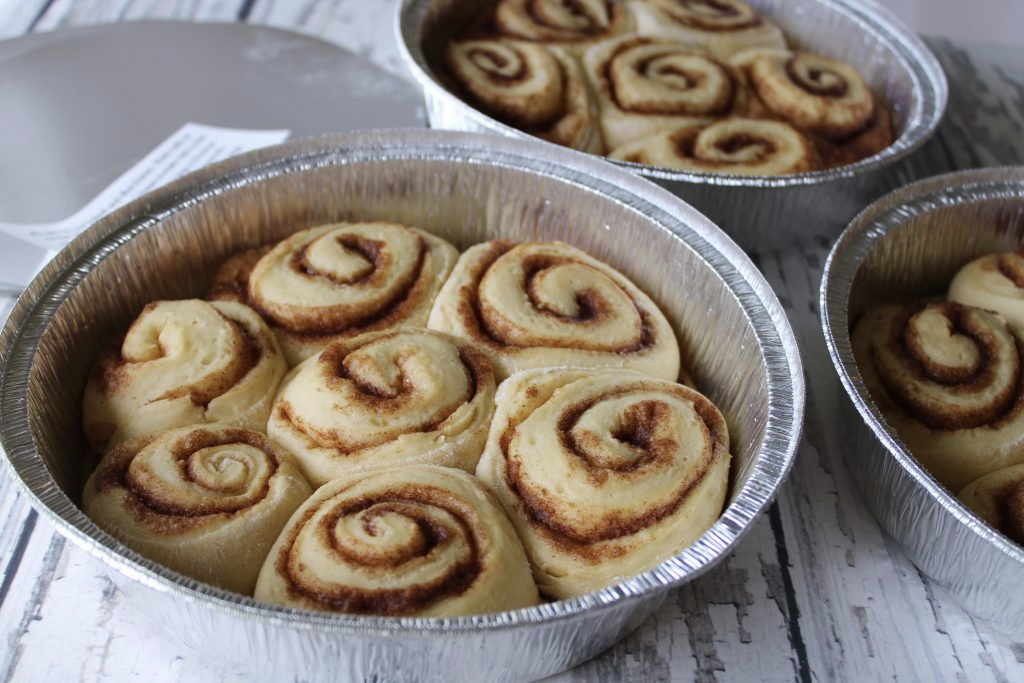
Cinnamon is a spice created from the inner bark of the Cinnamomum tree. Strips of the inner bark are dried until they curl into rolls known as cinnamon sticks or quills. These can then be ground into powder or made into an extract.
The unique properties of this spice come from its essential oils and compounds, particularly cinnamaldehyde, which gives its unique aroma and flavor, and is responsible for its health benefits.
There are actually two main types of this spice—Ceylon and cassia. And when it comes to health, you should know that not all cinnamon is created equal. You want to eat cassia (also known as Chinese cinnamon) with temperance. It contains a toxin that is harmful if you eat too much of it. Ceylon you can eat with abandon.
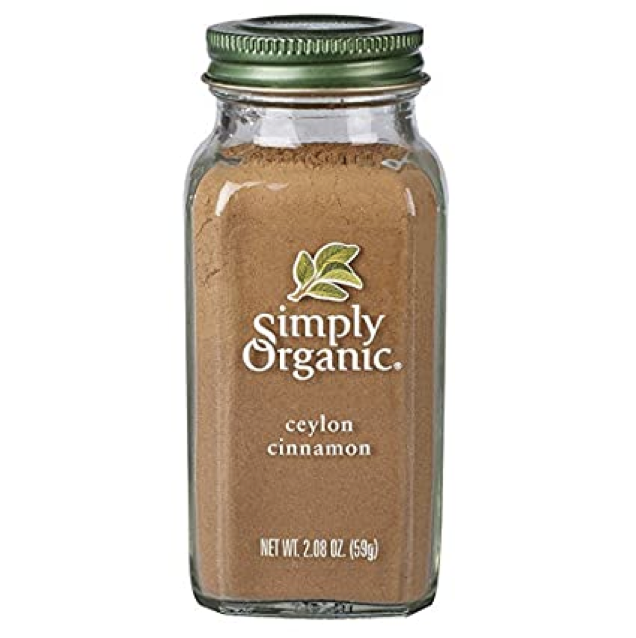
Cassia cinnamon is considered lower quality. It is very cheap and is the type most commonly consumed around the world. Almost all cinnamon found in supermarkets is the cassia variety. It contains the compound, coumarin. Research shows that eating too much coumarin can harm your liver and increase the risk of cancer.
I find my Ceylon cinnamon at whole food stores and online. It does cost more than the typical grocery store cinnamon, but the lack of coumarin is worth it to me. Simply Organic is a Ceylon cinnamon brand I often find at Smith’s grocery stores. And online, Frontier Co-Op is an affordable brand available from www.swansonvitamins.com (sometimes you’ll find it at Walmart).
It’s a favorite spice, for sure. And well it should be. Not just for its marvelous fragrance, but for its marvelous health benefits (Ceylon, that is)! For instance:
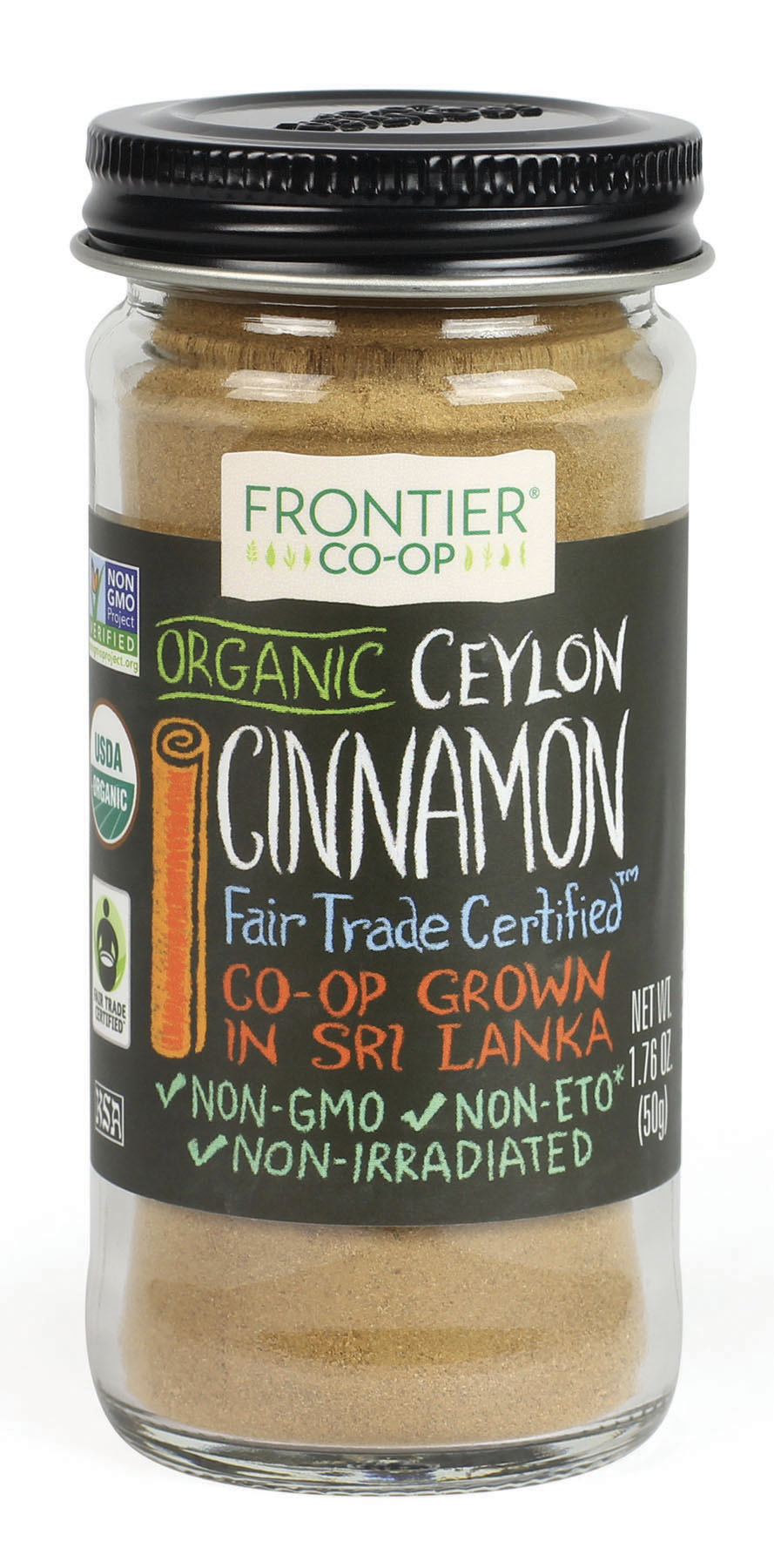
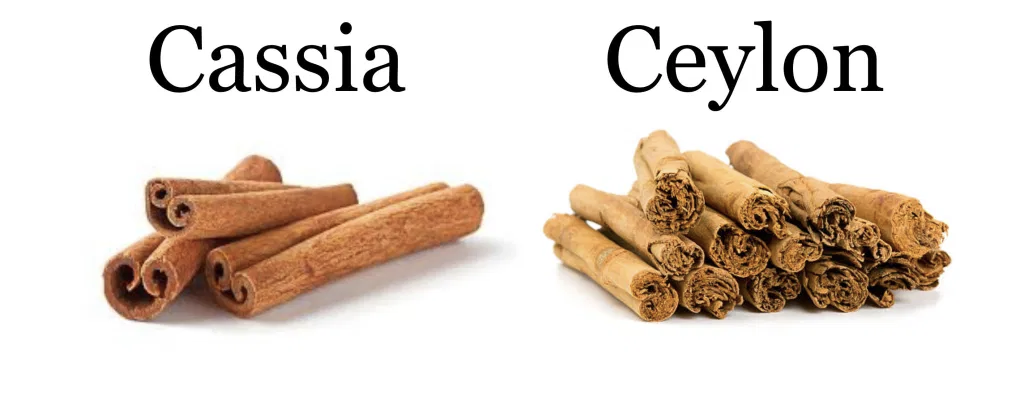
Sticks are nice because they serve more than one purpose. We like to swirl them in our hot cocoa and warmed cider. And they can be grated to get fresh cinnamon powder. I keep mine tightly wrapped in the freezer to prolong their nutrients and flavor.
I’ll close this cinnamon tutorial with a quick and healthy snack recipe. These treats are good enough to give away. And during a season where so much of what we eat is loaded with sugar and not health-inducing, it’s nice to have a recipe you can feel good about giving to your neighbors.
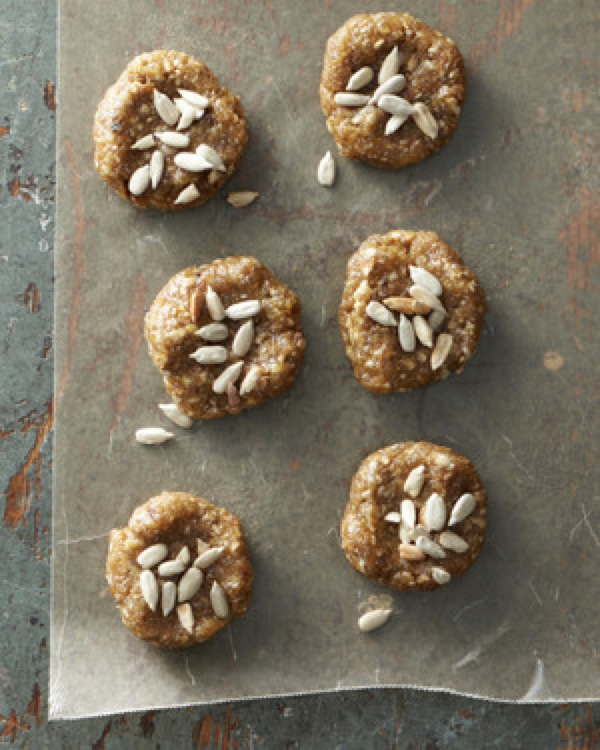
CINNAMON AND RAISIN BITES 1 1/2 cups raisins 1/2 cup raw sunflower seeds, plus more for garnish 1 teaspoon ground Ceylon cinnamon 1 teaspoon vanilla extract 1/4 teaspoon fine-grained sea salt Pulse all ingredients in a food processor until combined. Roll mixture into one-inch balls and flatten slightly. Sprinkle with whole or lightly chopped sunflower seeds. Store layered on parchment paper in an airtight container up to 5 days.

Cinnamon is a spice created from the inner bark of the Cinnamomum tree. Strips of the inner bark are dried until they curl into rolls known as cinnamon sticks or quills. These can then be ground into powder or made into an extract.
The unique properties of this spice come from its essential oils and compounds, particularly cinnamaldehyde, which gives its unique aroma and flavor, and is responsible for its health benefits.
There are actually two main types of this spice—Ceylon and cassia. And when it comes to health, you should know that not all cinnamon is created equal. You want to eat cassia (also known as Chinese cinnamon) with temperance. It contains a toxin that is harmful if you eat too much of it. Ceylon you can eat with abandon.

Cassia cinnamon is considered lower quality. It is very cheap and is the type most commonly consumed around the world. Almost all cinnamon found in supermarkets is the cassia variety. It contains the compound, coumarin. Research shows that eating too much coumarin can harm your liver and increase the risk of cancer.
I find my Ceylon cinnamon at whole food stores and online. It does cost more than the typical grocery store cinnamon, but the lack of coumarin is worth it to me. Simply Organic is a Ceylon cinnamon brand I often find at Smith’s grocery stores. And online, Frontier Co-Op is an affordable brand available from www.swansonvitamins.com (sometimes you’ll find it at Walmart).
It’s a favorite spice, for sure. And well it should be. Not just for its marvelous fragrance, but for its marvelous health benefits (Ceylon, that is)! For instance:

- It’s full of beta-carotene, which helps keep your eyes healthy.
- It contains anti-microbial effects which strongly support the immune system.
- It helps reduce internal inflammation (which is conclusively linked to heart disease, diabetes, and arthritis).
- It helps reduce cholesterol levels.
- It improves insulin response.
- Recent research is showing it protects against Alzheimer’s disease.

Sticks are nice because they serve more than one purpose. We like to swirl them in our hot cocoa and warmed cider. And they can be grated to get fresh cinnamon powder. I keep mine tightly wrapped in the freezer to prolong their nutrients and flavor.
I’ll close this cinnamon tutorial with a quick and healthy snack recipe. These treats are good enough to give away. And during a season where so much of what we eat is loaded with sugar and not health-inducing, it’s nice to have a recipe you can feel good about giving to your neighbors.

CINNAMON AND RAISIN BITES 1 1/2 cups raisins 1/2 cup raw sunflower seeds, plus more for garnish 1 teaspoon ground Ceylon cinnamon 1 teaspoon vanilla extract 1/4 teaspoon fine-grained sea salt Pulse all ingredients in a food processor until combined. Roll mixture into one-inch balls and flatten slightly. Sprinkle with whole or lightly chopped sunflower seeds. Store layered on parchment paper in an airtight container up to 5 days.
Sources:
- www.bakedbroiledandbasted.com
- www.walmart.com
- www.pureandplant-based.com
- www.marthastewart.com
 Alice Osborne
Alice Osborne
Weekly Newsletter Contributor since 2006
Email the author! alice@dvo.com
